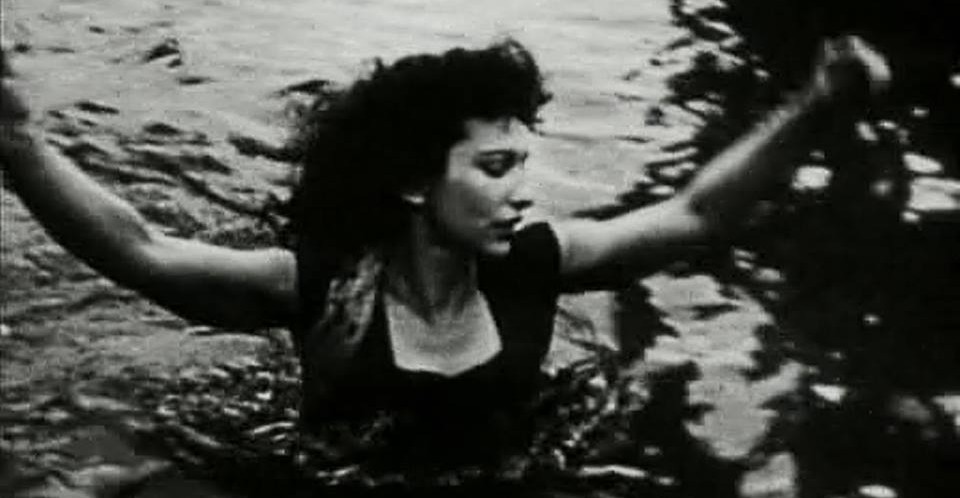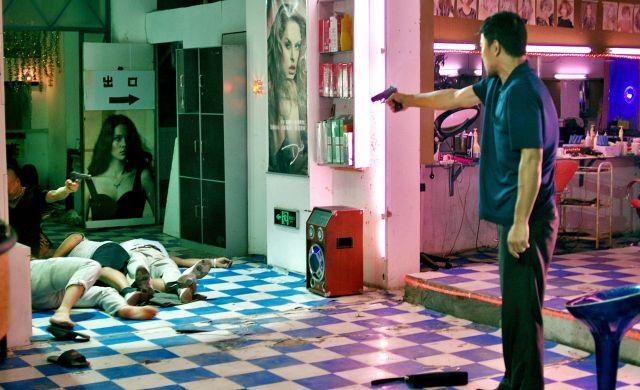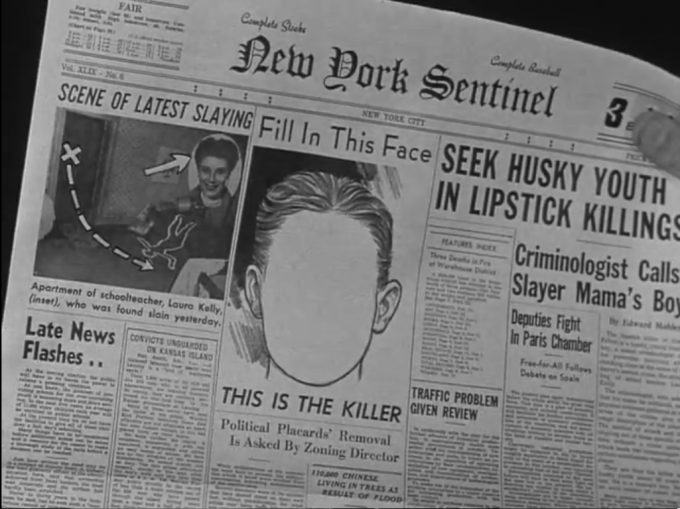
A real pleasant surprise of an erotic thriller, Sea of Love boasts a great soundtrack (based around the brilliant song that gives the film its name, which keeps getting creepier, every time it’s played), a perfectly neo-noir ambiance of psychosexual urban paranoia, and a refreshingly nuanced portrayal of female dominance and openness to regularly re-negotiated roles of gender and sexuality that I’ve rarely seen in a mainstream film before or since. Seriously, speaking as a trans girl, seeing Pacino’s protagonist Frank respond to the question “would you ever go for a babe with a dick?” with “it really depends on her personality,” joke or not, was a really nice experience, however fleeting.
What carries this film is the performance – Pacino and Ellen Barkin have onscreen chemistry that is rarely matched in a modern thriller. The uneasy combination of absolute lust, possible love, and deep-rooted suspicion recalls Hitchcock at his finest. (Side-note: I’m still trying to work out if it holds some significance that Barkin’s character’s first name is Helen, whilst Pacino’s surname is Keller, or if it’s just a happy coincidence.) John Goodman as the humorous partner who manages, through the force of his own acting, never to be simply relegated to the role of “comic relief sidekick” helps balance the film and retain interest in the police-procedural element.
Though Sea of Love does lose a star for the rather unsatisfactorily ad hoc revelation/resolution to the serial killer plotline, the choice to end the film with a genuinely pretty touching scene regarding Frank and Helen’s relationship was absolutely the right choice and shows the extent to which the film-makers had their priorities in order. However, Sea of Love, however good, is not Twin Peaks and thus I do slightly resent it turning the murder-mystery plot into quite such a macguffin.
What makes Sea of Love so interesting is the fact that it takes a very formulaic premise – recently divorced detective, who is one bourbon on the rocks away from becoming a full blown alcoholic, falls in love with his prime suspect, big whoop – and holds it up to the magnifying glass. It refuses to let us consistently take Frank’s side: he drinks majorly to excess and, unlike many other noir/thriller protagonists, it affects him. Not just his social life, but his work, too: a number of times, he is shown accidentally breaking character whilst undercover, drink in hand. Also, it is revealed how his plan for catching the killer (putting out a lonely hearts ad matching those of the vics’ and then going on multiple dates a night, collecting fingerprints as he does so) actually potentially hurts many of the women who respond. However, he is not some simple idiot for entering a relationship with a potential serial killer; it seems entirely clear that he sees this as the legitimate personification of his addiction (obsession-compulsion at its most self-destructive) and of his mental state. He would rather potentially die at the hands of Helen than retire – maybe than live at all. At the same time, through Helen, the classic femme fatale figure is explored and given depth few films bother to add.
Seriously, for what could have been yet another run of the mill thriller, Sea of Loveturned out to be something really pretty special. I can’t wait to put it on as a double-bill with Cruising – or maybe even So I Married an Axe Murderer – sometime soon!
****








